The Huawei P30 Pro is the latest flagship from Chinese technology giant Huawei, and features an octa-core processor and the powerful Kirin 980 chipset. For selfies, the front camera utilizes a single 32Mp quad sensor, a 28mm-equivalent f/2-aperture lens, and captures video at 1080p@30fps. Quad sensors divide pixels into four, allowing the P30 Pro to record HDR video with different exposure times captured across each of the four pixels; it then combines the four captures for the final output. For stills, output remains at 32Mp—very high resolution for a selfie camera—but the pixel pitch is quite small at just 0.8µm, compared to 1.4µm on many competitor sensors, thus reducing its light-gathering potential.
Our testers have been busy putting the Huawei P30 Pro front camera through its paces. Read our full report to find out how it performed.
Key front camera specifications:
- Single-cam setup
- 32Mp quad-core sensor with 0.8µm pixels
- 28mm-equivalent, f/2.0-aperture, fixed-focus lens
- 1080p@30fps HDR video
About DxOMark Selfie tests: For scoring and analysis in our smartphone front camera reviews, DxOMark engineers capture and evaluate over 1500 test images and more than 2 hours of video both in controlled lab environments and in natural indoor and outdoor scenes, using the camera’s default settings. This article is designed to highlight the most important results of our testing. For more information about the DxOMark Selfie test protocol, click here.
Test summary


Achieving an overall DxOMark Selfie score of 89 points, the Huawei P30 Pro puts in a solid performance, with key strengths of good exposure, wide dynamic range, and accurate color rendering.
Results for exposure are on par with the best performers, thanks to consistent and accurate results in all lighting conditions. So whether it’s high-contrast outdoor scenes, backlit portraits, indoor or night shots you’re shooting, you can be assured of accurate exposure on faces and good detail preservation in the highlights and shadows.
The P30 Pro also scores well for color, with generally pleasant rendering and accurate white balance in most conditions. Outdoors, color isn’t quite as saturated as for some devices, but hues remain reasonably vibrant. We observed some minor issues with warm color casts under artificial lighting and a reddish tint on deep skin complexions, but they’re not too detrimental to an otherwise good color performance.
The P30 Pro’s bokeh simulation mode also does an acceptable job of blurring backgrounds to isolate a portrait. Depth estimation isn’t perfect, with some slight blurring of the subject, but it avoids significant artifacts and the effect is consistently applied. Unfortunately, dynamic range is much more limited in bokeh shots, however, so bright backgrounds can be overexposed.
The texture/noise compromise is acceptable, but despite its very high resolution, the P30 Pro’s level of detail isn’t as good as some of the best performers in this category. Detail is good in bright light, but fine details are clearly lost under indoor and low-light conditions, and unnatural rendering can make facial details look a little odd. Some ghosting artifacts, as well as over-sharpening and ringing, are also noticeable. Similarly, noise levels are acceptable overall, but some mild luminance noise outdoors and a heavier build-up in low light are evident at close inspection.
Focus is an area with potential for improvement, as the fixed-focus lens is at a disadvantage compared to the AF-equipped competition. The camera captures truly sharp faces only at medium range (around 55cm).Close-range (30cm) images remain acceptable, but faces at long range (120cm) are noticeably blurry, and the P30 Pro has limited depth of field, so backgrounds are out of focus.
Achieving an overall video score of 88 points, the P30 Pro is a top performer for video, with excellent exposure and color. Video exposures in all but very low light are accurate, with good exposure on faces and wide dynamic range both indoors and outdoors, thanks to HDR video processing, which is currently rare on front cameras. Due to the HDR processing, noise is noticeable in outdoor videos, and the texture/noise trade-off isn’t as good as on some non-HDR video devices, but detail on faces remains acceptable in outdoor and indoor videos. So it’s only in low light where video image quality seriously suffers, with low target exposures and lack of detail, as well as undersaturated color and visible noise.
Photo scores explained
With 90 points, the Huawei P30 Pro front camera achieves a good score in the Photo category, but ranks a little behind some of the top devices with autofocus systems. We calculate the photo score from results and analyses of tests that examine different aspects of a device’s still-image performance under different lighting conditions. In this section, we’ll take a closer look at these image quality sub-scores, analyzing key aspects of the P30 Pro’s image quality versus those of its main competition.

Exposure and Contrast
Huawei P30 Pro
85
91
The P30 Pro achieves a score for exposure towards the top of our database, thanks to accurate target exposures on faces in almost all conditions and wide dynamic range in high-contrast scenes. Exposure measurements tested in the lab show slightly high target exposures on the 18% gray patch of the ColorChecker chart, which lowered results for contrast a bit. This slight overexposure can mean some minor highlight clipping on faces shot in strong directional sunlight, but it happens rarely and isn’t overly problematic. The P30 Pro maintains good exposure in low-light conditions down to 5 lux as well, so only shots taken in extreme low light of 1 lux are significantly underexposed.
Dynamic range is among the best we’ve tested, with nicely-preserved highlights in challenging high-contrast scenes. You can see in the examples below that the P30 Pro shot clips less highlight detail in the background compared to the iPhone XS Max, and shows a modest improvement over the Note 9, too. Some tone compression is evident and contrast is a little low, but all details are preserved.
Exposure under indoor lighting is generally accurate, and our testers were impressed with nighttime shots. You can see in this twilight example below that the P30 Pro’s extended dynamic range ensures a punchy overall exposure, including accurate exposure of the face, while maintaining more highlight details in the brightly-lit parts of the background.

Color
Huawei P30 Pro
85
105
The P30 Pro’s color is also among the best we’ve tested overall, with pleasant color rendering and generally accurate white balance in outdoor images. The image below displays good behavior for color, and although saturation is a little lower compared to the XS Max and the Note 9 images, the rendering remains pleasant and the white balance is slightly more neutral.
Color is good in indoor images, too, with nice saturation and accurate white balance, though our testers did observe some slightly reddish tones on darker skin in indoor and backlit images. In this indoor shot comparison, skin tones on the P30 Pro are rendered a little reddish, compared to the greenish skin tones on the XS Max, but not quite as red as in the Note 9 example.
Under very low-light conditions using warm artificial light sources, white balance shifts towards orange, and that reddish-orange appearance on darker skin tones is also evident in some of our backlit portraits. Minor color shading is also visible in all images, but on the whole, the P30 Pro does a good job for color.

Focus
Huawei P30 Pro
62
97
Focus is a weaker area for the P30 Pro, and although this score has improved significantly over that of its predecessor P20 Pro, its fixed-focus lens isn’t as versatile for sharp focusing at different distances compared to devices with autofocus. Focus on the face is best at medium range (55cm), and although it’s acceptable at close range (30cm), the sharpest focus at the nearest tested range is around the ears, with closer details such as the eyes slightly out of focus. Portraits are noticeably out of focus at long range (120cm), so for those tourist or environmental portraits where you want to shoot wider and include more of the background, a device with autofocus gives you a better chance of sharp focus on the principal subject and better background detail.
The P30 Pro’s high-resolution sensor and smaller pixel pitch affects depth of field, which is narrower compared to some flagship competitors. So faces behind the first subject in group portraits are often blurry, and backgrounds are generally out of focus.

Texture
Huawei P30 Pro
60
85

Noise
Huawei P30 Pro
72
90
Noise and texture have improved on the P30 Pro compared to the P20 Pro, but it’s still not a strength for the Huawei device. High levels of detail are possible in static scenes in good light, and our testers documented acutance approaching 80% in our lab analysis. Detail tails off quickly in lower light conditions, however, down to just over 40% acutance at 5 lux, and it’s challenging to capture good detail in scenes with subject motion except in very good light.
Even in the shots below taken under bright-light conditions (1000 lux), the P30 Pro’s high-resolution 32Mp sensor doesn’t equate to improved texture compared to the best-performing devices such as the Google Pixel 3, which captures such fine details as the eyelashes with greater definition.
The P30 Pro manages the texture-versus-noise trade-off reasonably well in outdoor shots. Some fine luminance noise is visible in backgrounds and very fine details are lost, but the device scored well in our perceptual analysis of texture and noise. Under indoor lighting conditions, the overall effect remains fairly pleasant, but at close inspection, you can see a heavier build-up of noise on faces, especially in shadow areas. In low light, noise starts to become a little blotchy with a slight chromatic element, as opposed to the XS Max’s more finely-grained noise, but neither are as smooth as the Note 9, with the Samsung devices remaining at the top of the tree for low noise. Details in low light are not well-preserved either, with some unnatural rendering and over-sharpening of facial details evident.

Artifacts
Huawei P30 Pro
67
92
We deduct points for obvious image quality flaws; the main penalties we applied to the P30 Pro were for ringing, color quantization, anamorphosis (or distortion), and hue shift on faces. Ringing is often noticeable along high-contrast edges in outdoor images, with a strong white line or halo effect that is compounded by that previously-mentioned over-sharpening; further, a ghosting effect is often visible on moving subjects.
Anamorphosis—the stretching and distortion of faces towards the edges of the frame—is also a little problematic in group portraits when you’re filling the frame with faces.

Flash
Huawei P30 Pro
80
93
A solid performance for flash, which works well both in total darkness and in mixed lighting conditions. The key drawback is white balance, which can be inconsistent across consecutive shots, capturing slightly pink or orange skin tones; otherwise, results are good. Without additional lighting, subjects are well-exposed at the center of the frame, and while light fall-off in the corners, a loss of fine detail, and some fine luminance noise in the background are all evident, they are at similar levels to those of the top-performing devices. Exposure across the frame improves when using flash with some additional artificial lighting, with less light fall-off. Detail and noise remain about the same.

Bokeh
Huawei P30 Pro
60
75
Although the P30 Pro provides a good bokeh simulation effect for blurring backgrounds in portraits, it’s not quite as effective as some of the best performers in this category. A key reason for this is the lack of HDR processing for bokeh shots, so highlight clipping in backgrounds and on faces is often evident in high-contrast conditions.
Depth estimation is acceptable in most tested conditions, but it’s not quite as good as the best-performing devices, with some blurring of the subject evident upon close inspection. The shape of the bokeh is slightly unnatural, too, and no blur gradient is visible, so the same amount of blur is applied in the background regardless of its distance from the subject. Noise is consistent across smoothed and sharp areas, however, which makes for a realistic effect. Bokeh mode results are also repeatable across consecutive shots.
Video scores explained
The Huawei P30 Pro front camera achieves a joint top score of 88 points (with the Samsung S10+) for video, and shows improvements over the P20 Pro in many areas and very good capture indoors and outdoors. We calculate the Video score using the following video sub-scores: Exposure (71), Color (80), Focus (76), Texture (61), Noise (71), Artifacts (87), and Stabilization (79).
The video mode’s key strength is exposure, with good target exposure on faces in most conditions, with underexposed videos only in low-light conditions. The P30 Pro is fairly rare in that it offers HDR video processing on the front camera, which helps improve dynamic range in indoor and outdoor videos. The Huawei device achieves HDR video using a different exposure time across each of the 4 pixels on its quad sensor, with a final output of 8Mp HDR video, but the small pixels of its 32Mp sensor create quite a lot of noise. The noise doesn’t affect the exposure score, however, and the P30 Pro ranks second overall for video exposure behind the iPhone XS Max, which also shoots HDR video.
Color in the P30 Pro’s videos is also among the best we’ve tested, thanks to nice skin tone rendering and pleasant white balance indoors and outdoors. Color tends to be undersaturated in outdoor videos, but they remain pleasant, so it’s really only in those underexposed low-light videos where color really starts to suffer.
As with stills, the P30 Pro ranks lower for focus due to its fixed-focus lens and limited depth of field, meaning that there’s only a narrow window for capturing good sharpness on faces. In-focus faces display acceptable detail in outdoor videos, and the selfie cam handles the texture-versus-noise trade-off well in indoor videos, with texture holding up well at around 70% acutance down to 100 lux; but movie files aren’t as detailed as we’ve seen with other top devices, so texture is not a key strength.
As mentioned, noise can be high in outdoor videos due to the HDR processing, and the trade-off here isn’t as good as we’ve seen with non-HDR video devices. Noise is also very noticeable in low-light videos. Stabilization is another strong aspect for video, however, with the camera compensating for all motion effects fairly effectively. Both the P20 Pro and the P30 Pro are top performers in this regard.
Conclusion
With some class-leading innovations and image quality from the rear cameras on its recent smartphone models, Huawei has really captured the imagination of smartphone photography enthusiasts. Performance from the front cameras hasn’t been quite as impressive, but the P30 Pro offers significant improvements over the P20 Pro. Exposure across stills and video is excellent, and the P30 Pro boasts some of the best HDR capabilities currently available for selfie shooters. Color is another strength, with pleasant rendering as well as accurate white balance, and bokeh simulation is good, if not perfect. There are opportunities for improvement—notably the fixed-focus lens and the limited depth of field. Improved detail and texture from the high-resolution 32Mp sensor should be possible as well. When all is said and done, though, the Huawei P30 Pro front camera is very capable and easy to recommend.
Photo pros
- Good exposure and wide dynamic range
- Accurate white balance
- Acceptable detail outdoors
- Well-controlled noise
- Good depth estimation in bokeh shots
- Accurate exposure and low noise on images using flash
Video pros
- Good exposure and wide dynamic range indoors & outdoors
- Nice skin tone rendering
- Pleasant white balance indoors and outdoors
- Good texture versus noise trade-off indoors
- Fairly effective stabilization
Photo cons
- Fixed-focus lens with limited depth of field
- Low detail indoors and in low light
- Unnatural face rendering
Video cons
- Visible noise in outdoor and low light
- Underexposes in low light
- Undersaturated color outdoors
- Limited depth-of-field, especially for group selfies






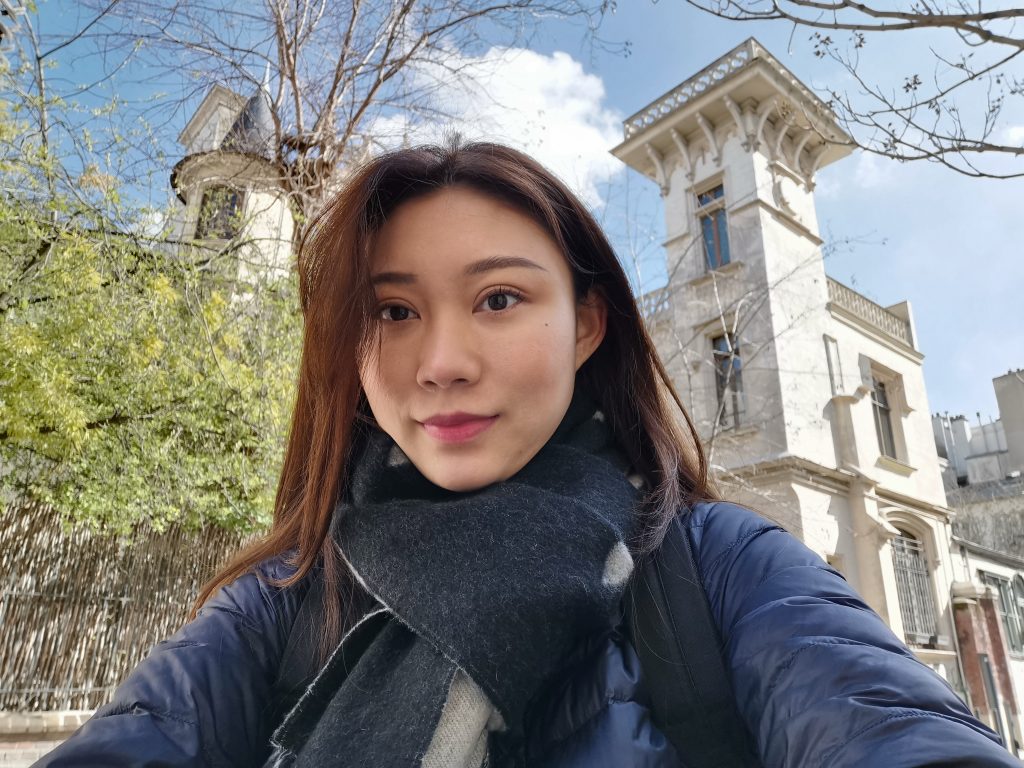














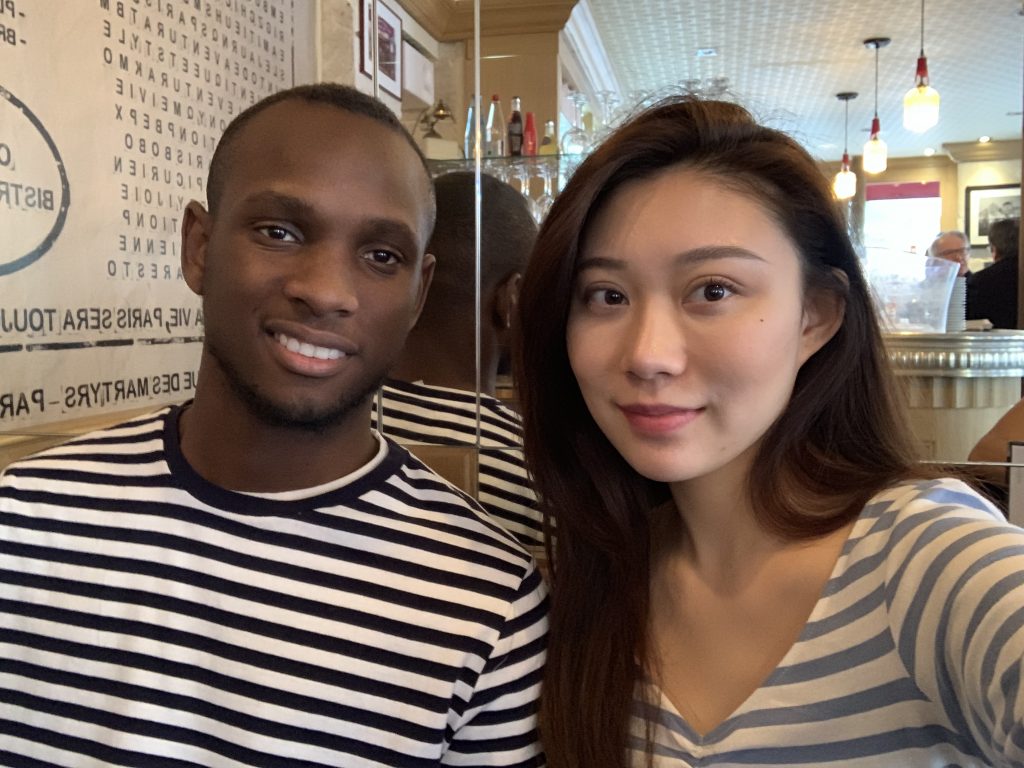







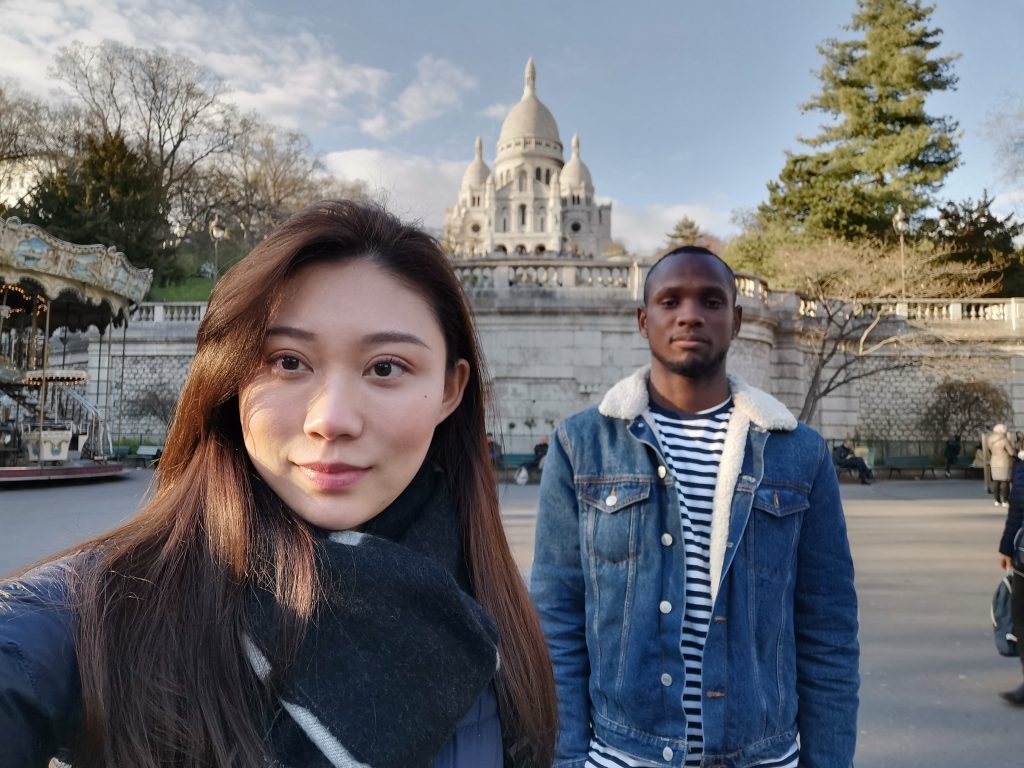


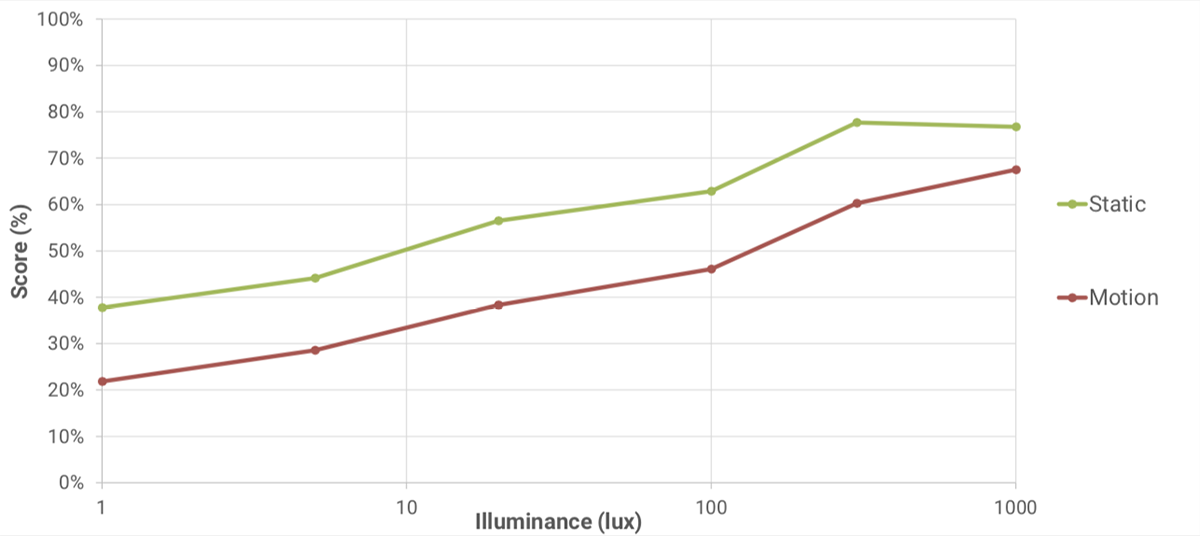

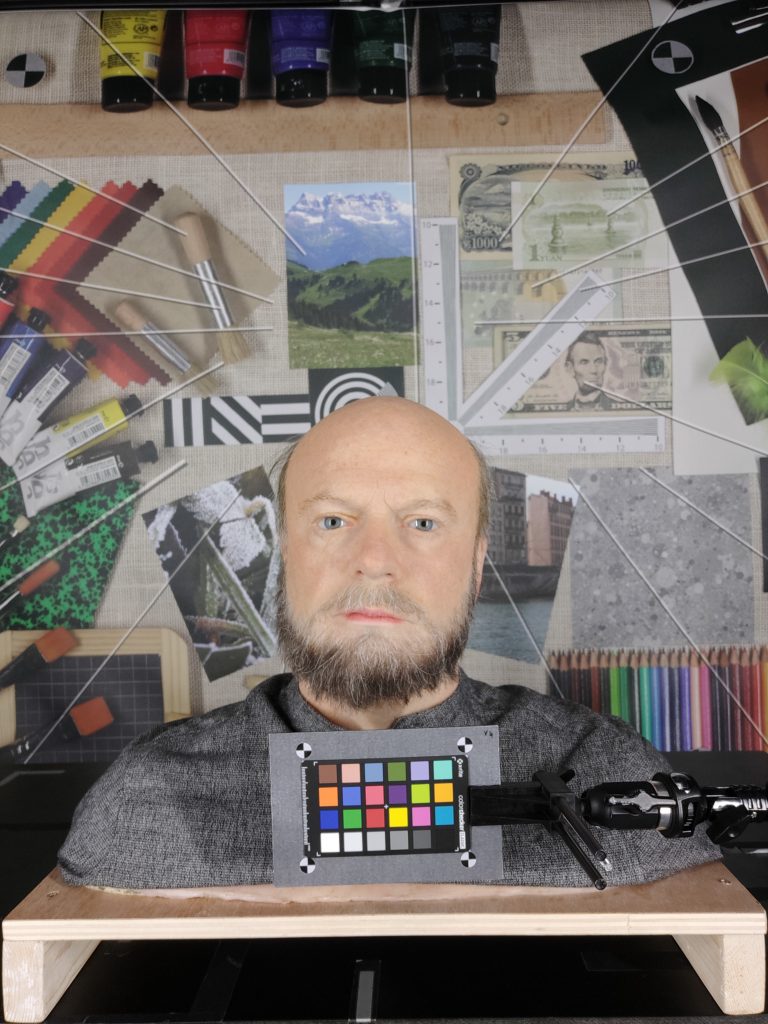















DXOMARK encourages its readers to share comments on the articles. To read or post comments, Disqus cookies are required. Change your Cookies Preferences and read more about our Comment Policy.